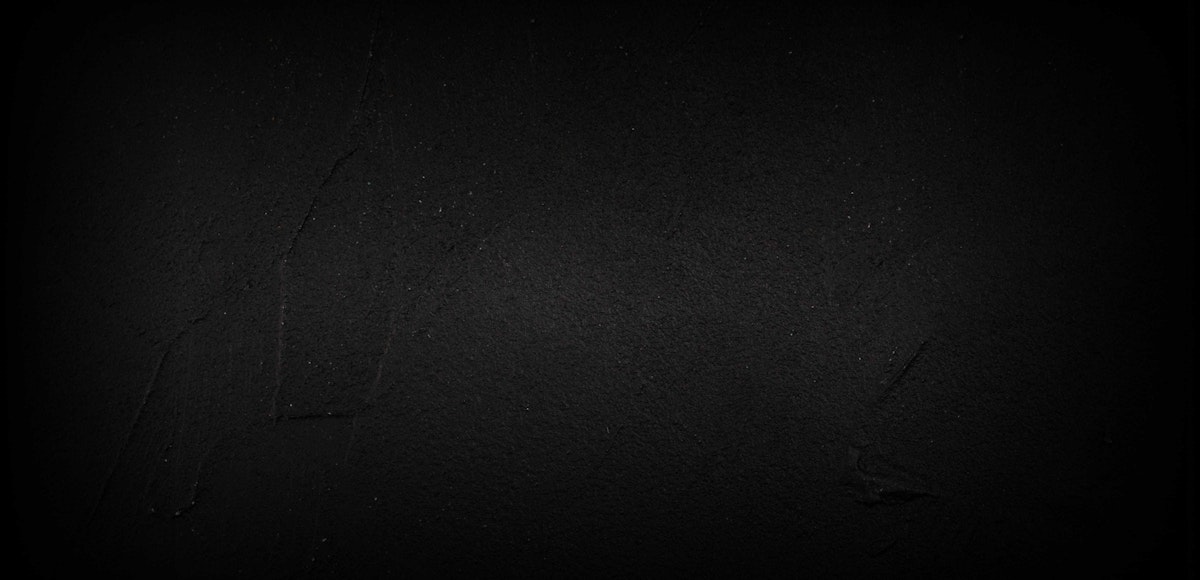From 21 January to 12 February, visitors to the Flip off exhibition will be able to scroll through images created by some fifteen illustrators and graphic designers from Luxembourg and beyond. Rotondes asked Marie Lavis to create an exclusive flipbook for the occasion. Here is what the maker of Tandem Running had to say when we spoke to her.

Flip off Marie Lavis
Marie, your work is noticeably influenced by music. Is that a usual and deliberate choice?
My passion for music started at a very young age even though I’ve never been a musician. Connecting music and visual arts came later, in 2017, when I discovered animation during my studies. We were asked to create an animation based on a poetic text, and I chose “Meme Iren Song” by Yael Naim, a song-poem dedicated to her grandmother, which I find very touching. That was a turning point.
From then on, I started listening to music in a different way, taking time to really dive into a piece, to listen to every sound and take in every word. Music is a source of inspiration for me, a playground which provides me with tools I can use to convey what I want to express. For my bachelor project, I used another piece, this time by Shai Maestro, and it just went on from there. I’ve never stopped looking for a connection with music and musicians.
Has drawing for music had an impact on the way you work?
It’s a way of drawing that I wasn’t familiar with and that gives a lot of freedom. I asked myself how I could transcribe sounds and emotions and it liberated my way of working. I went from something very rigid to something much more fluid, especially when using Indian ink and brushes, which produce a fluctuating, and sometimes slightly rough, movement.
When I work on illustrations for jazz magazines and for posters, it’s more set because I’m aiming for a perfect image. Whereas when I draw for music, it’s more spontaneous, flowing, and free. Plus, when doing an animation, you must create at least 12 images for 1 second – 24 if you want to do things properly. So, you not aspiring to create one perfect final image. Instead, you think of thousands of images and the movement they create, and at the end of the day, it doesn’t matter if one image out of all those isn’t perfect.
Is the flipbook a restrictive format?
I approached the task as I would any illustration job, taking into consideration structure and composition. There were obviously some constraints I wasn’t used to. For example, I had to keep in mind that to fit into the Flipbookit box, the main action couldn’t take place right in the middle of the space. Also, a flipbook is quite short, so you can’t get lost in detail. I drew Tandem Running in Indian ink, but with a lot of precision. The constraints didn’t restrain me, rather I used them to express myself.
What is a successful flipbook in your opinion?
I think there are two things that would make me go back to a flipbook and go through the pages again. The first is the message that the story holds. I would read it several times to get a feel for the narrative and what it’s saying. The second thing would be the element of surprise, of the unexpected; wanting to see the movement of the image again and discover where it will ultimately go in the given space.
Could you share an image that has left an impression on you and say why?
Oh, I’d have to think about it… But I would mention the French illustrator, Serge Bloch. I’ve been familiar with him since I was a little girl because he illustrated the Max et Lili series, the renowned small comic books for children that tackle complicated themes but with a language adapted for a young age. Later I discovered all his other work – he has a great line technique. He has produced books that have had a huge impact on me because his images say a lot with a little. As an artist he has inspired me enormously.




